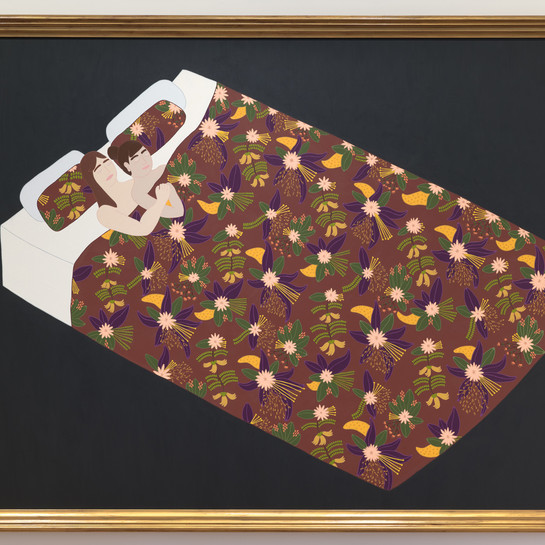Andrew Drummond
Aotearoa New Zealand, b.1951
Filter Action, Aramoana
- 1980
- Inkjet on archival paper
- Purchased 2007
- 750 x 1939mm
- 2007/024
Location: South Gallery
Tags: marshes, men (male humans), monochrome, protesting
During the 1970s, Aramoana estuary, near the entrance to Otago Harbour, was proposed as the site for a new aluminium smelter, and many well-known artists created works in protest.Andrew Drummond’s 1980 land art performance Filter Action referenced the area’s importance as a filter bed. Out on the mudflats, from low to high tide, he used forked willow divining rods to identify contaminated mud, which he then strained through muslin cloth. Kidneys filter our blood, and by using an animal kidney, which he spits into the saltmarshes, Drummond connected land and body. In his words, Filter Action “raised the issue of whether the environment could continue to filter and absorb the by-products of industrial expansion”.
He Kapuka Oneone – A Handful of Soil (from August 2024)
Exhibition History
Te Wheke: Pathways Across Oceania, 30 May 2020 – 3 July 2022
Aotearoa New Zealand has a long tradition of environmental protest, often centred on the shoreline and with artists at the forefront. Aramoana, near the entrance to Otago Harbour, was proposed as the site of a large aluminium smelter by a New Zealand and foreign-owned consortium in the 1970s. The Save Aramoana Campaign was formed in 1974 and involved many well-known artists. The smelter proposal was eventually abandoned and the saltmarshes designated as a reserve.
In 1982, Andrew Drummond’s 1980 performance Filter Action, Aramoana referenced the area’s importance as a filter bed. By burying a sheep kidney in the saltmarshes, he connected them with the body’s own filtering mechanism.



